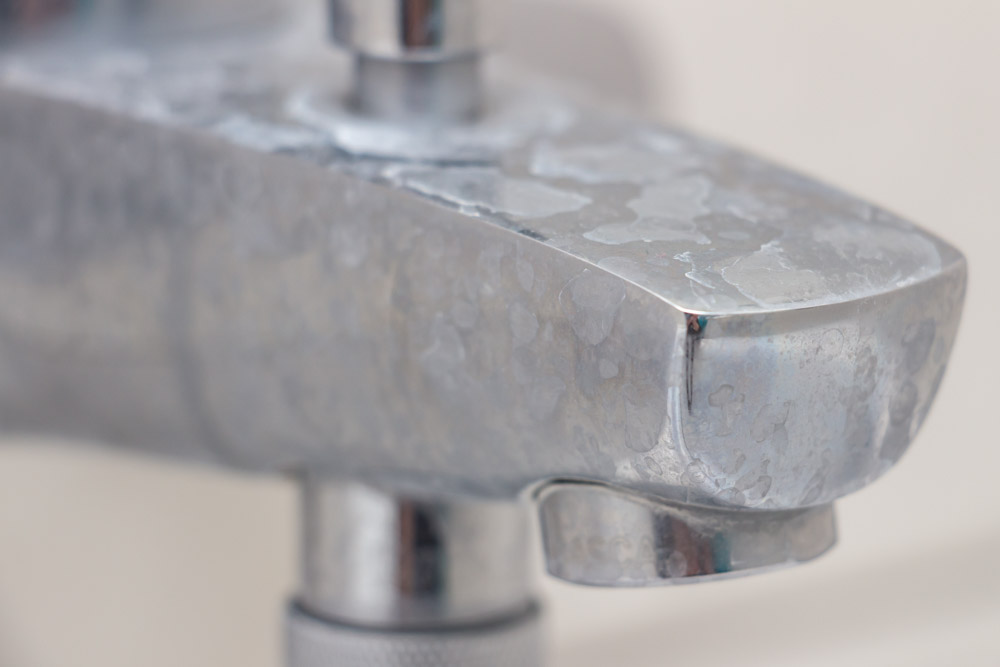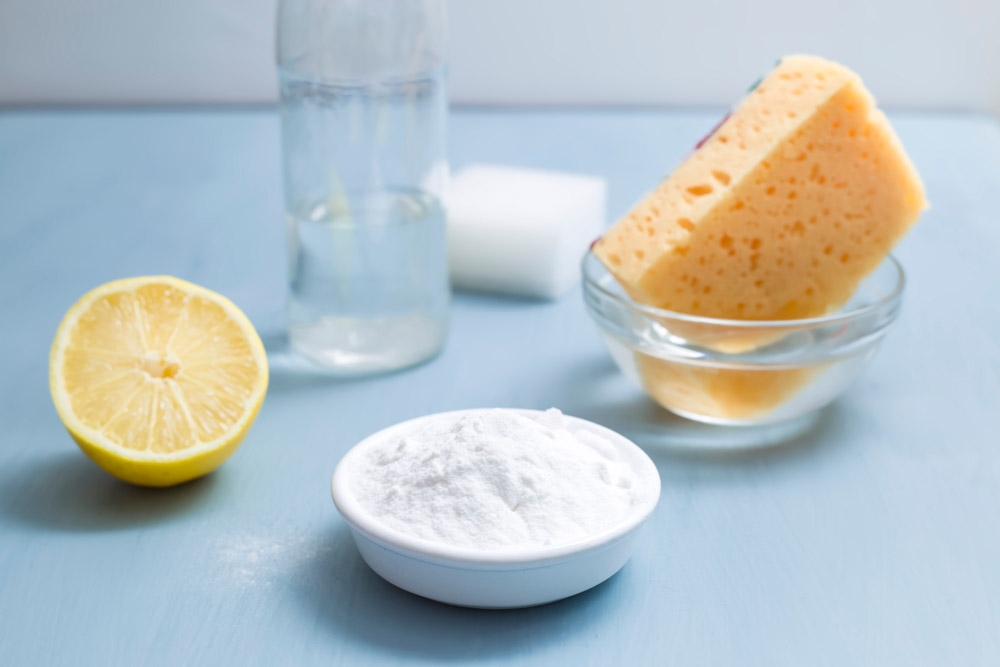Blue-green staining on fixtures: What is it, and how to fix it?

Blue-green water or blue-green stains on fixtures is one of the most frustrating customer issues. Finding the root of the problem and implementing a solution can be a frustrating experience for both the water treatment professional and the customer. There are numerous possible chemical processes in action, and the answer to one may not be a solution to another, making it difficult to find a single solution to the problem.
High copper levels in your water
It’s reasonable to say that blue and green are beautiful colors. If you’re dealing with unattractive stains of blue and green in your home plumbing, then the copper levels in your water may be to blame. The blue-green discoloration is copper residue. When acidic water flows through pipes, it dissolves the copper, potentially resulting in pinhole leaks. If you are unsure whether copper has contaminated your water, consider the following:
- Water that has a metallic flavor
- Your fixtures are covered in blue-green stains
- Damage to aluminum from corrosion
Copper in drinking water?
A person’s health will not be significantly affected if they sometimes consume water with copper above the action level. But, consuming high levels of copper can cause diarrhea, nausea, stomach problems, and many other health issues.
Mold growth
There are many different mold types. However, one species, Penicillium, has a bluish-green color.
How to recognize mold:
How to recognize mold:
- It has a fluffy, velvety, or hairy texture.
- There are dark, discolored areas of mold nearby. The surface has been harmed.
- Mold will cause vinyl, paint, and other things it grows on to curl or peel.
If mold is the problem, you have two options. Use the mold and mildew disinfectant or call a professional mold removal company and they will take care of mold growth for you.
Low PH
If you have a low pH value and see blue-green stains in your sinks, showers, or other parts of your home that get a lot of water use, this indicates that your water is slightly acidic. When water is acidic, the water can cause the pipes in your home to corrode and leak metals into your drinking water. Blue and green stains will appear when the water has a low pH and is also hard, leaving colorful water deposits and scales on surfaces.
Electrical problems
Incorrect wiring of the electrical components is another possible cause of these stains, but it is one that happens less frequently. The rate at which metals corrode will be accelerated in case the electrical currents in the area cause a process known as electrolysis to take place in your water supply. This process can have an effect on a wide variety of metals, but the blue-green stains will only appear on pipes made of copper or brass.
How to fix the problem?
Dealing with the source of the problem should be the first step in solving it. To find out your pipes’ condition, you should get in touch with a professional plumber. They are able to evaluate the situation and provide feedback regarding the need for pipe repairs or replacement.
If the quality of your water is the root cause of the corrosion, then you will need to get in touch with a water treatment professional as well. The pH levels of your water should be tested to determine if treatment is necessary to avoid stains created by low pH levels. In order to raise the pH level of the water, it may be necessary to use a specialized filter. If you notice any signs of stains in your home that could have been caused by water, you should get in touch with a water specialist and schedule a water test. They’ll do water testing at your house and work with you to plan a water treatment strategy that works for you.
If the quality of your water is the root cause of the corrosion, then you will need to get in touch with a water treatment professional as well. The pH levels of your water should be tested to determine if treatment is necessary to avoid stains created by low pH levels. In order to raise the pH level of the water, it may be necessary to use a specialized filter. If you notice any signs of stains in your home that could have been caused by water, you should get in touch with a water specialist and schedule a water test. They’ll do water testing at your house and work with you to plan a water treatment strategy that works for you.

You’ll need to eliminate the blue and green stains that have formed around the plumbing in your home. Both white vinegar and lemon juice have been shown to be good cleaners for these types of stains. An effective method is to mix one tablespoon of salt with one cup of white vinegar. After soaking a towel in the mixture, carefully wipe the spots to remove stains. Baking soda is another component that can be added to the mixture in order to make it more abrasive.
Final Words
We hope that this article was helpful to you and you have a better understanding of what things are causing blue-green stains on your fixtures. If you detect blue-green stains on your fixtures, the best thing you can do is call a plumber or a local water treatment company. They will assist you in determining what the root of the issue is and will also assist you in finding the most suitable solution for resolving the problem.



